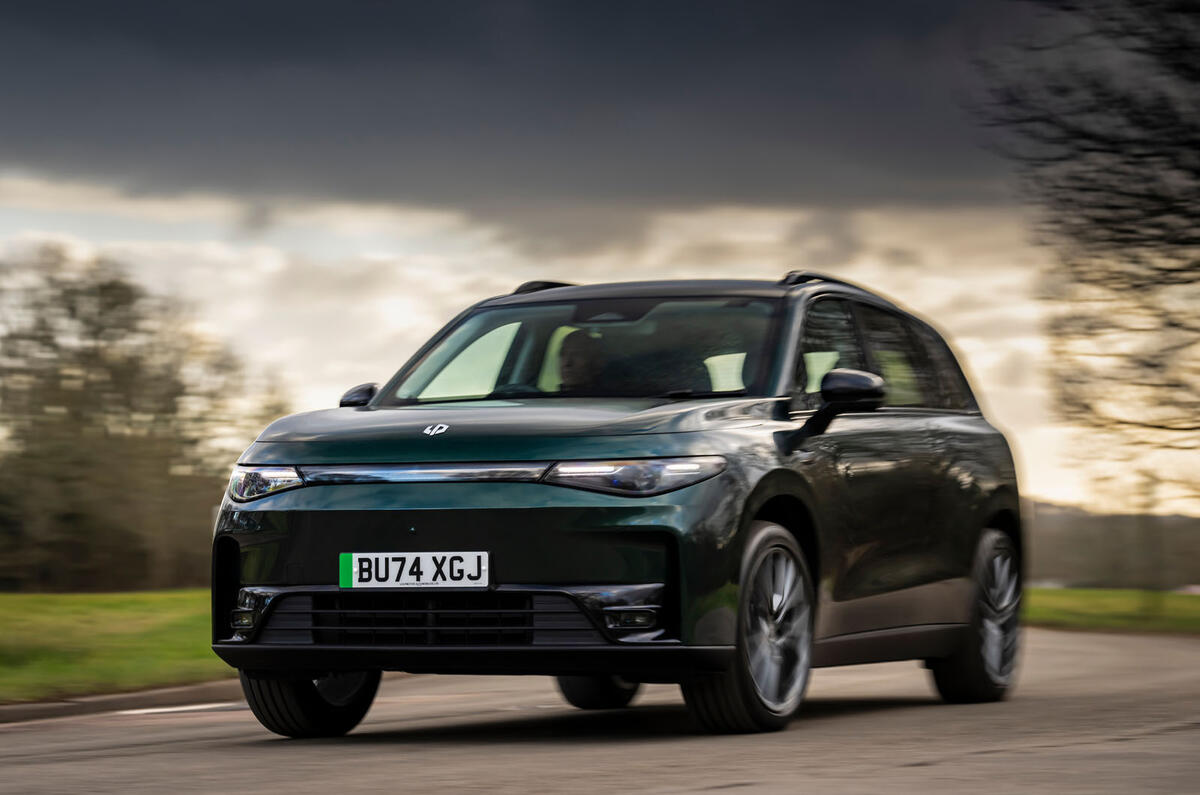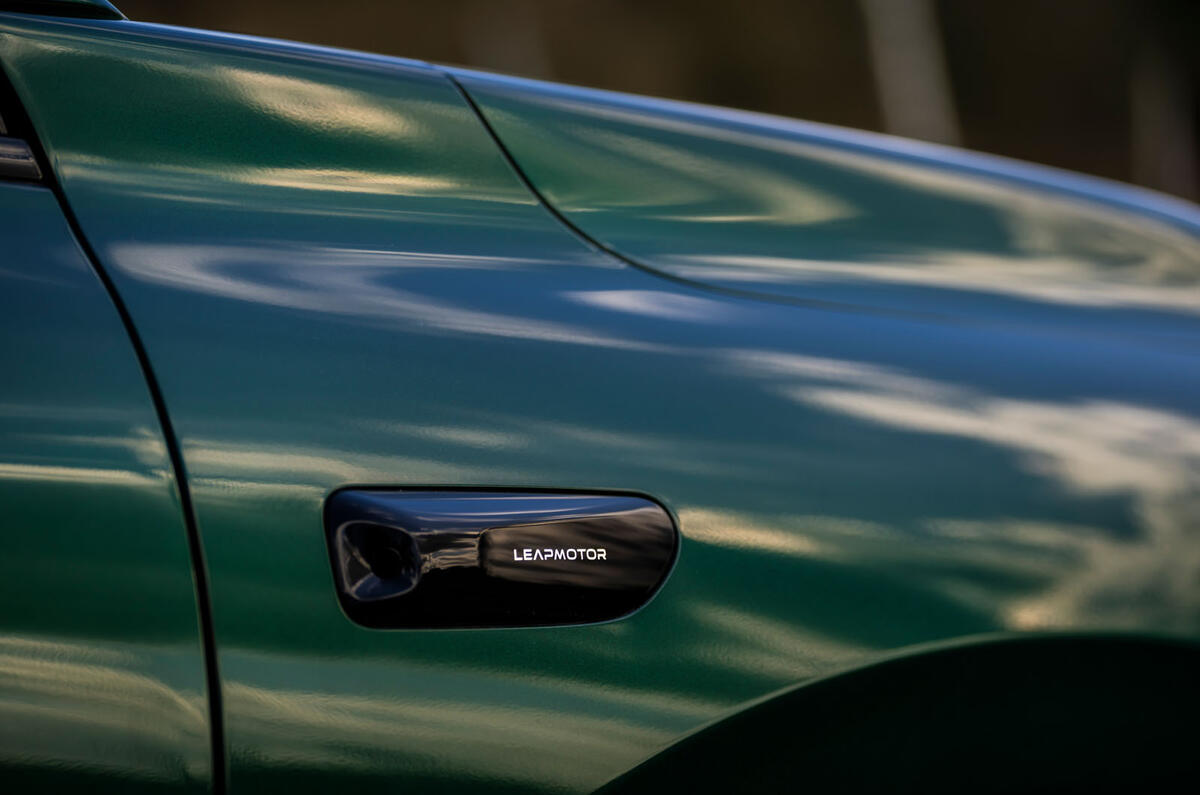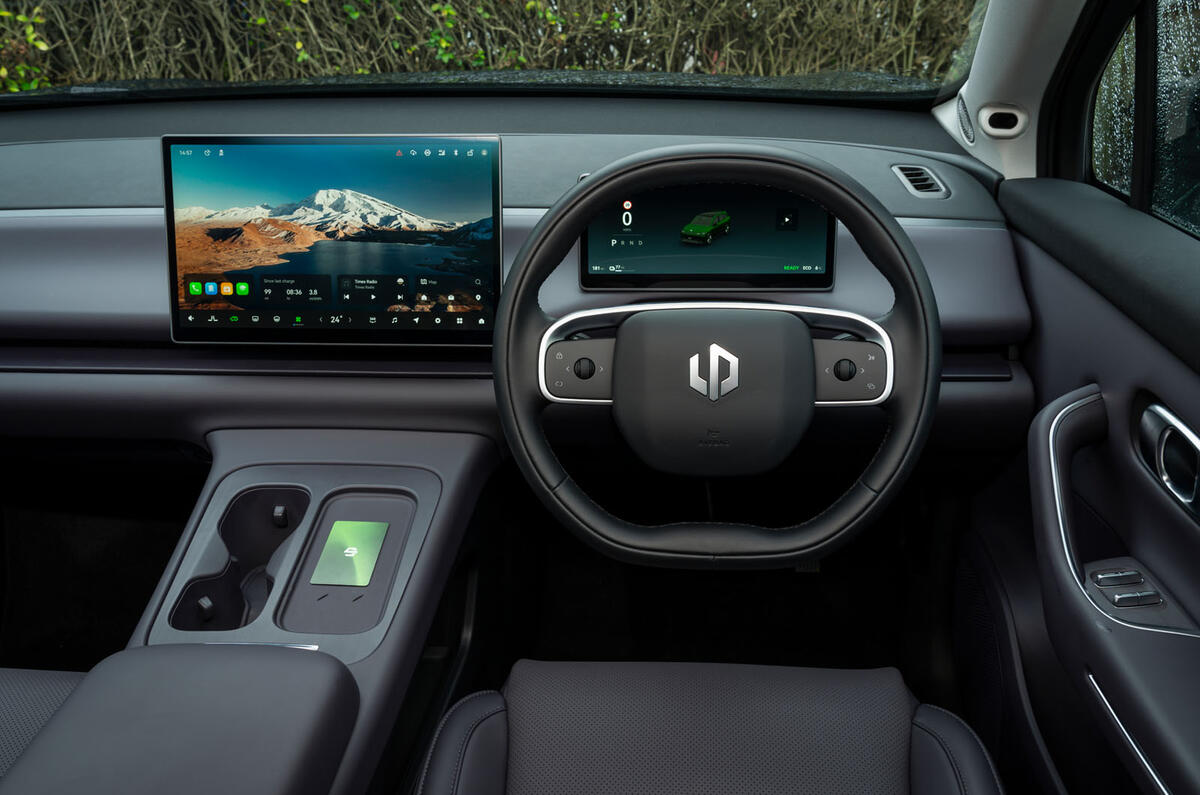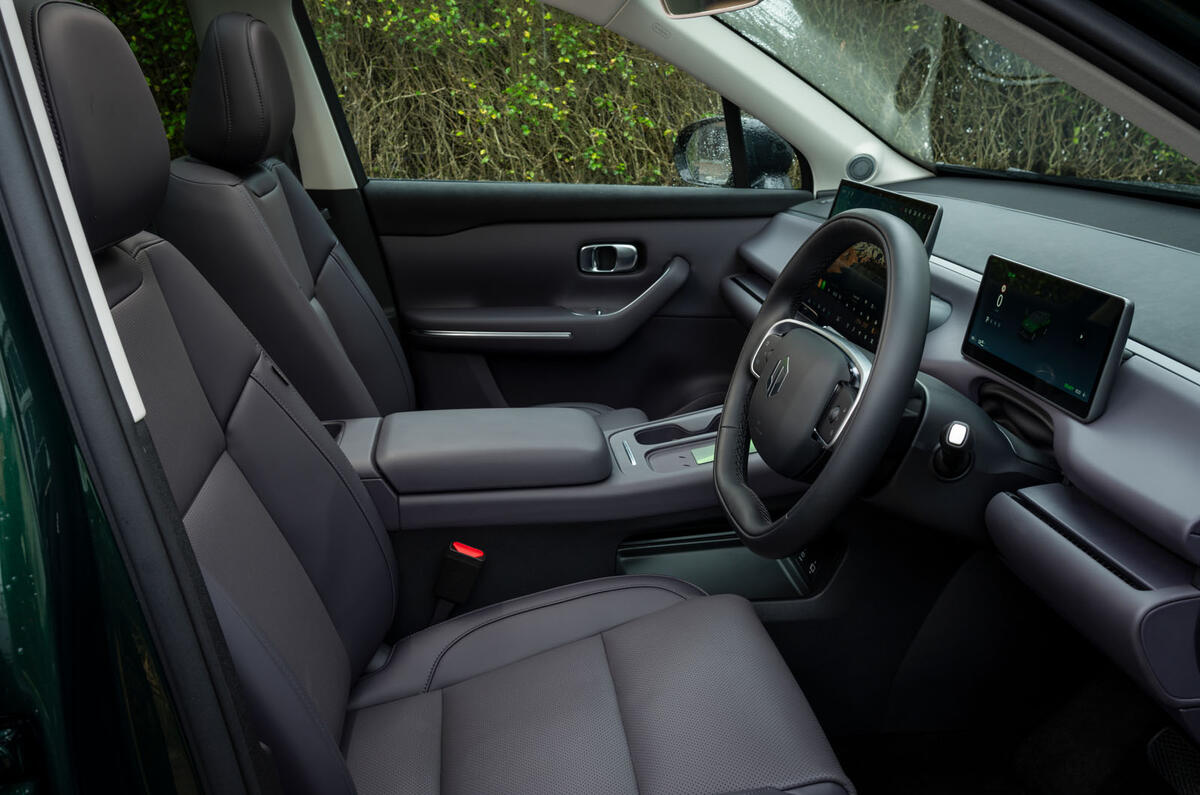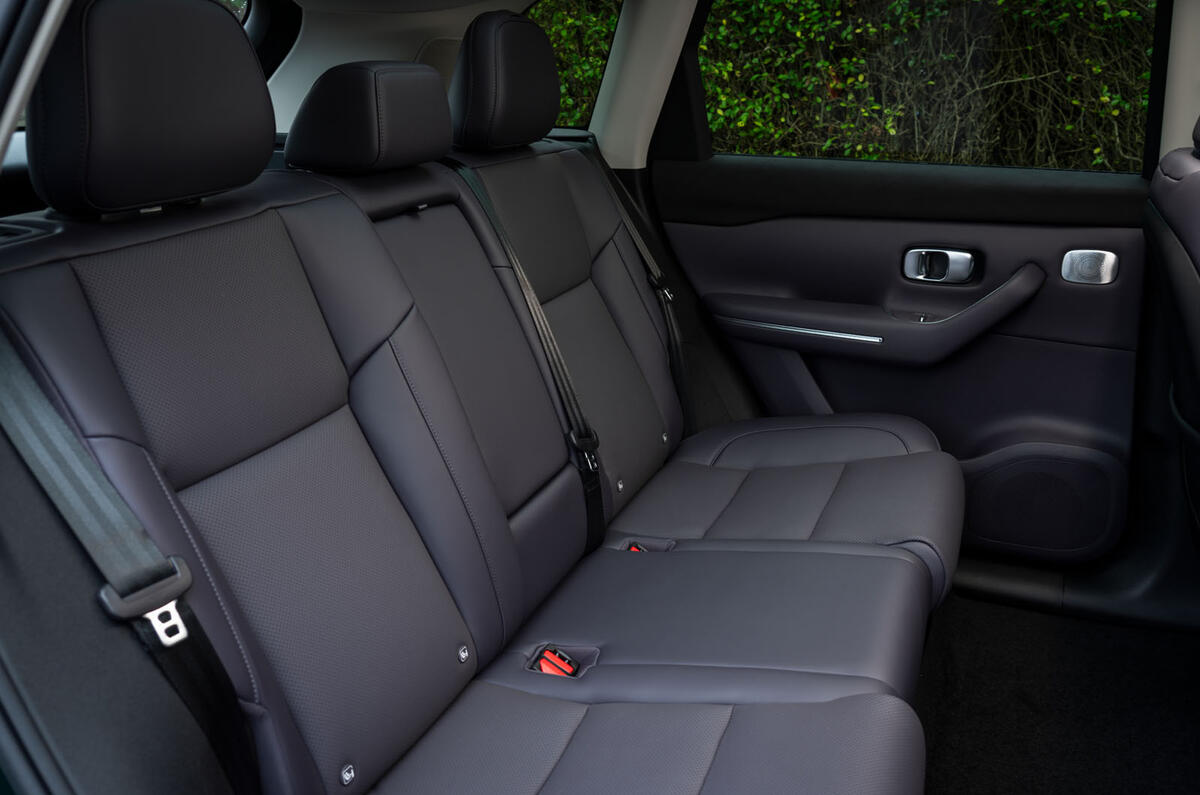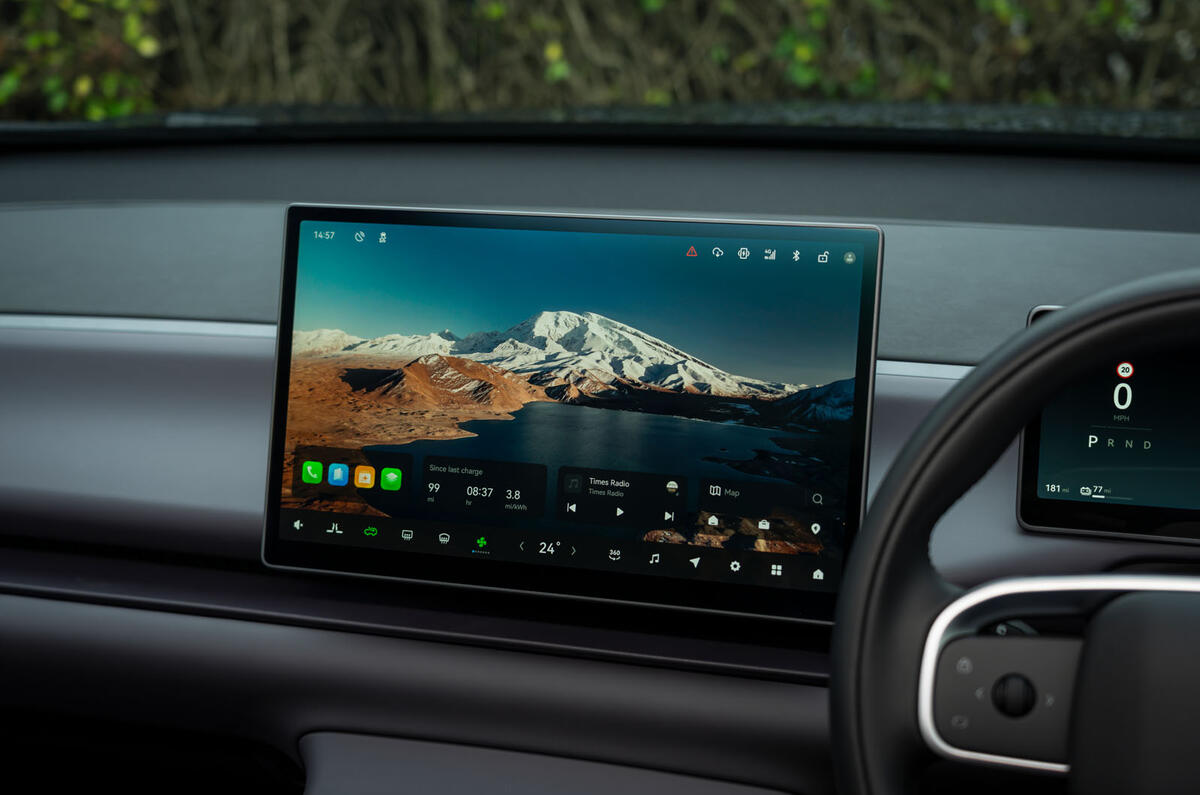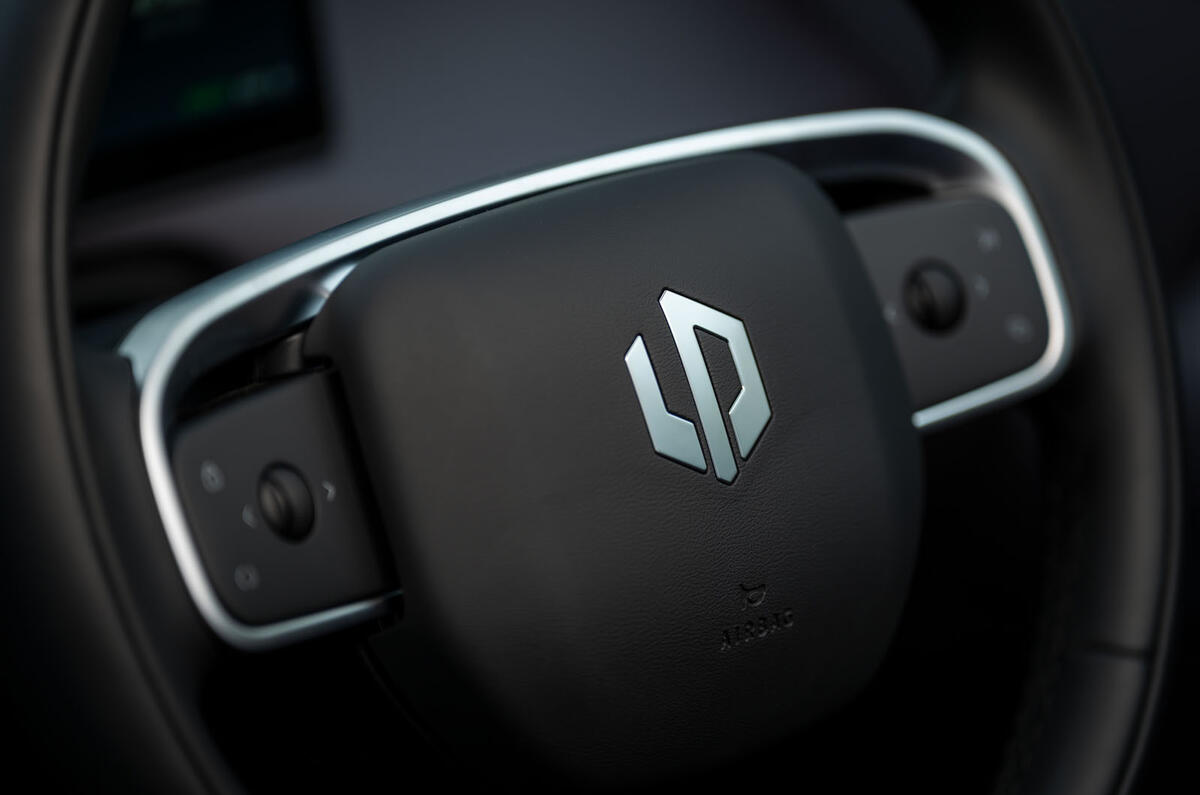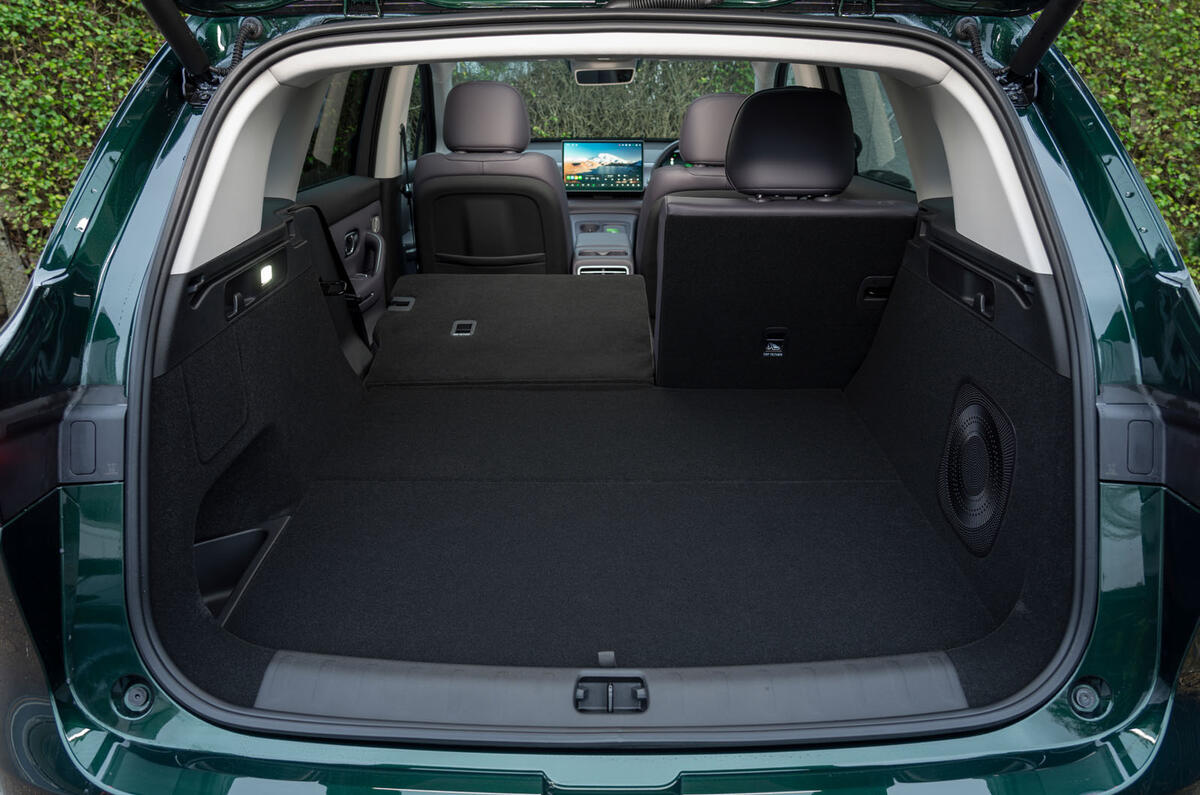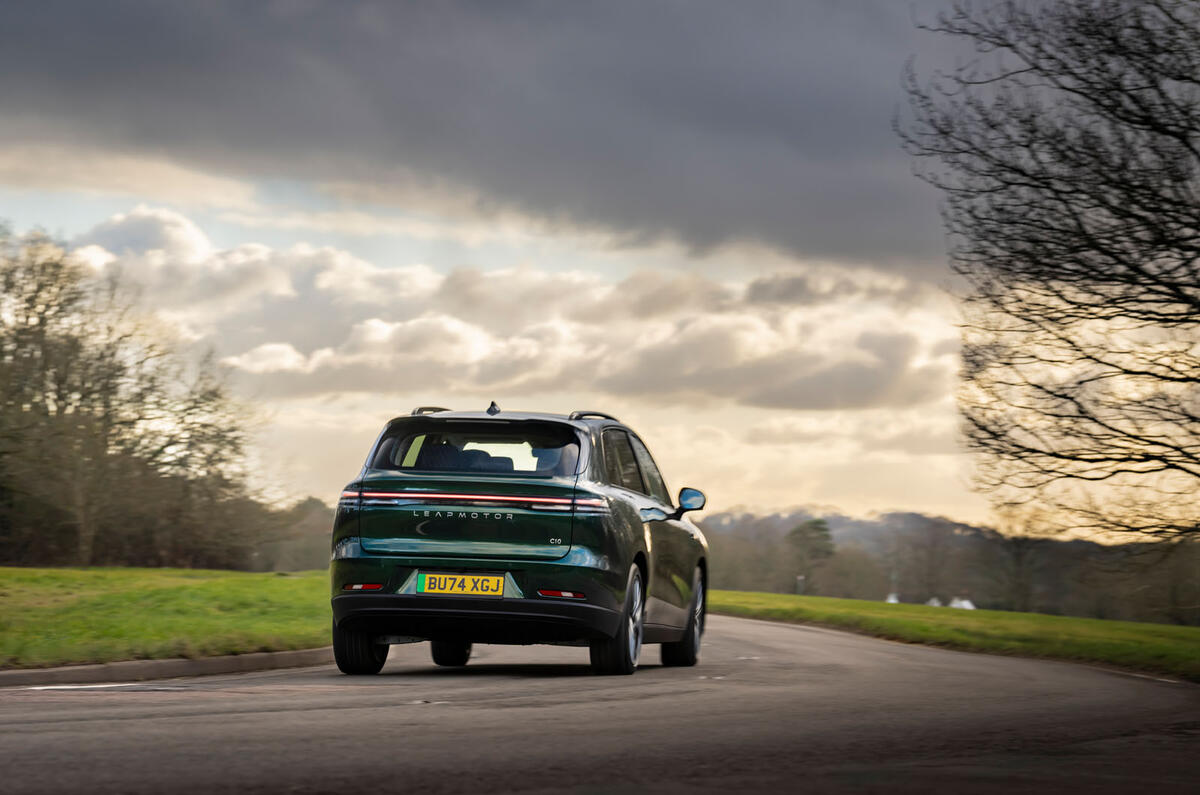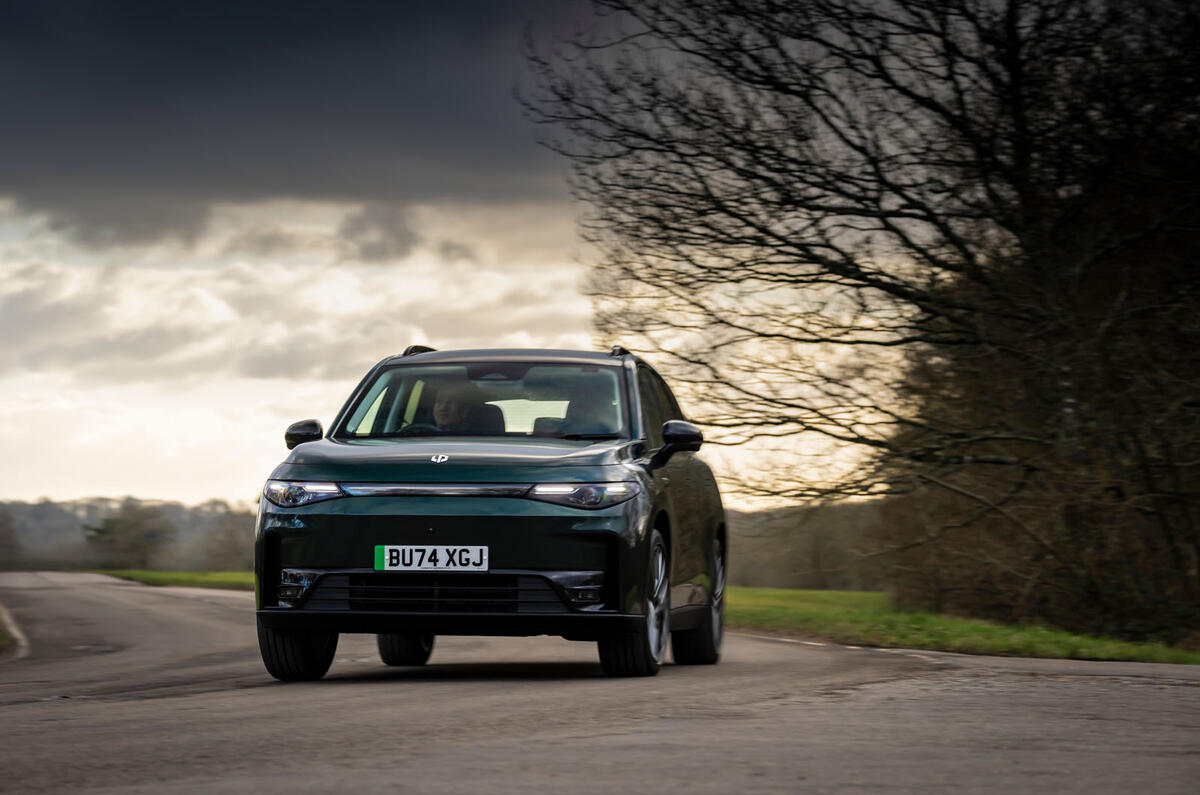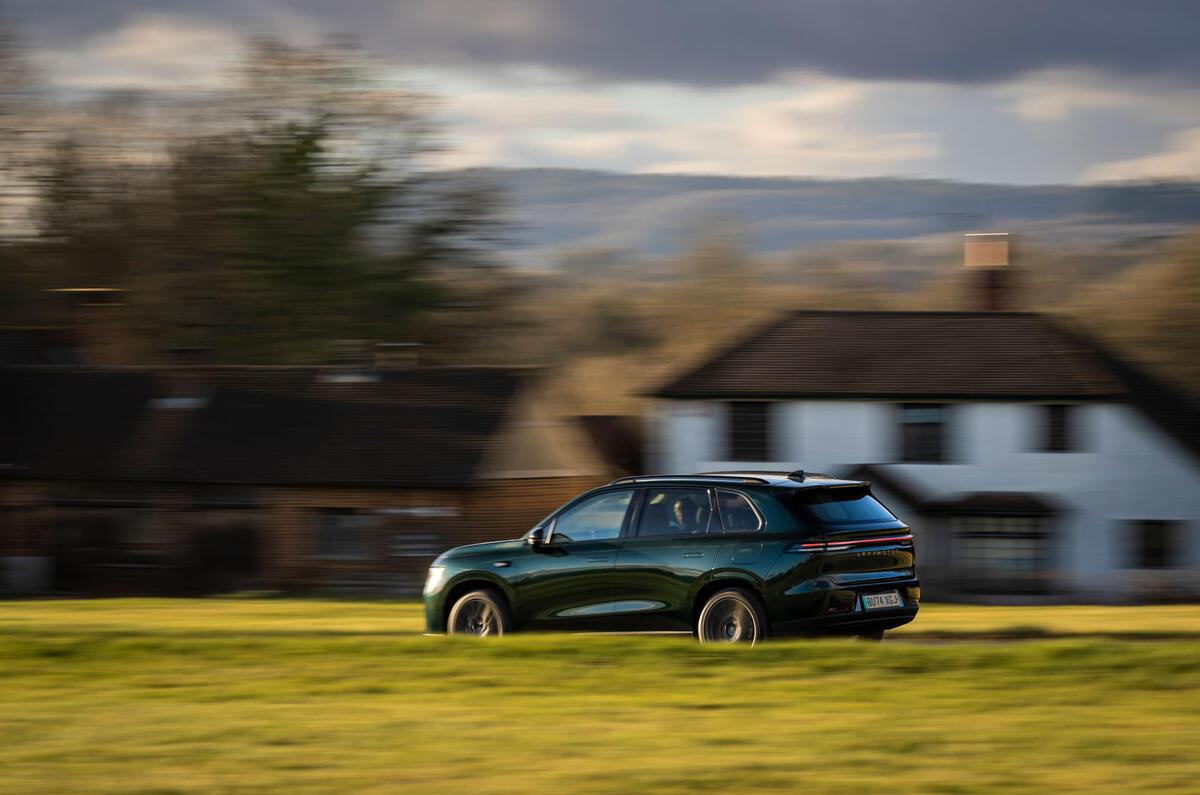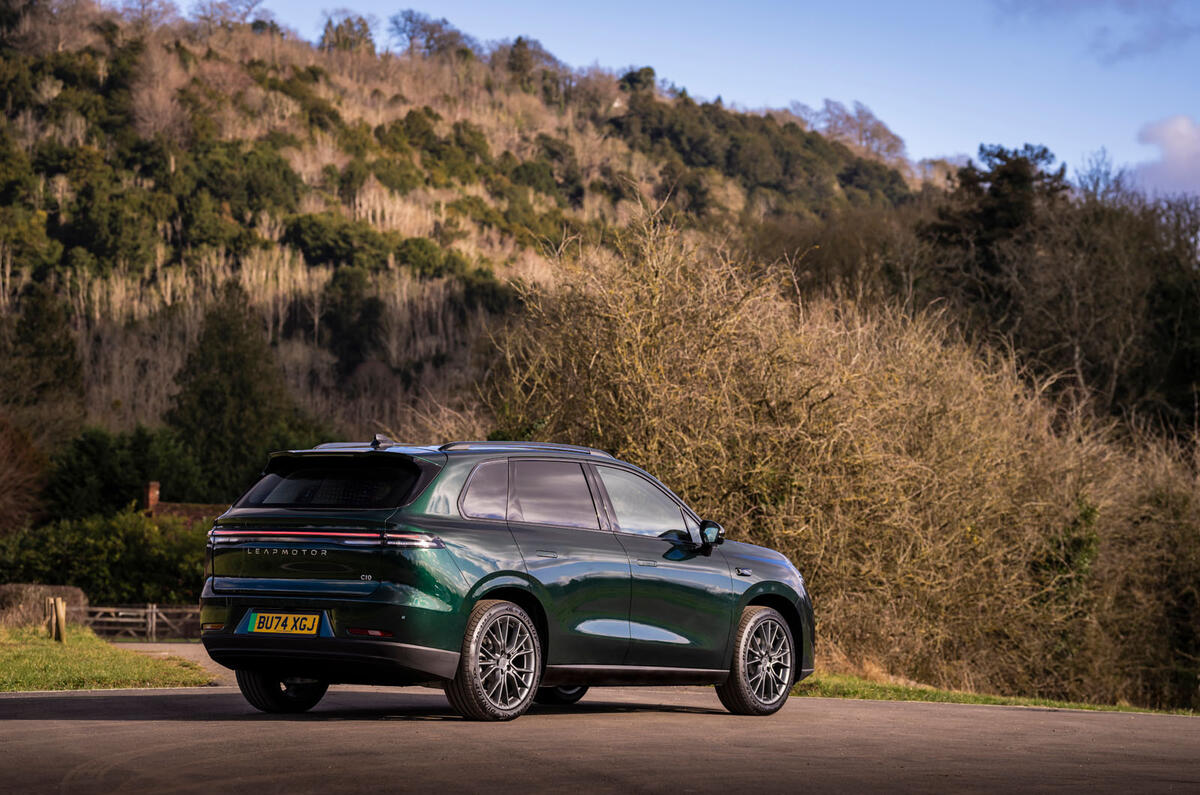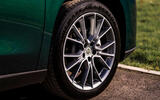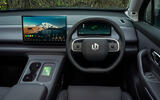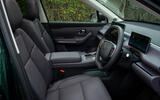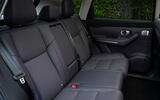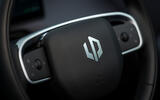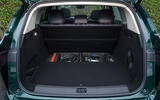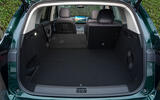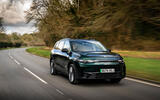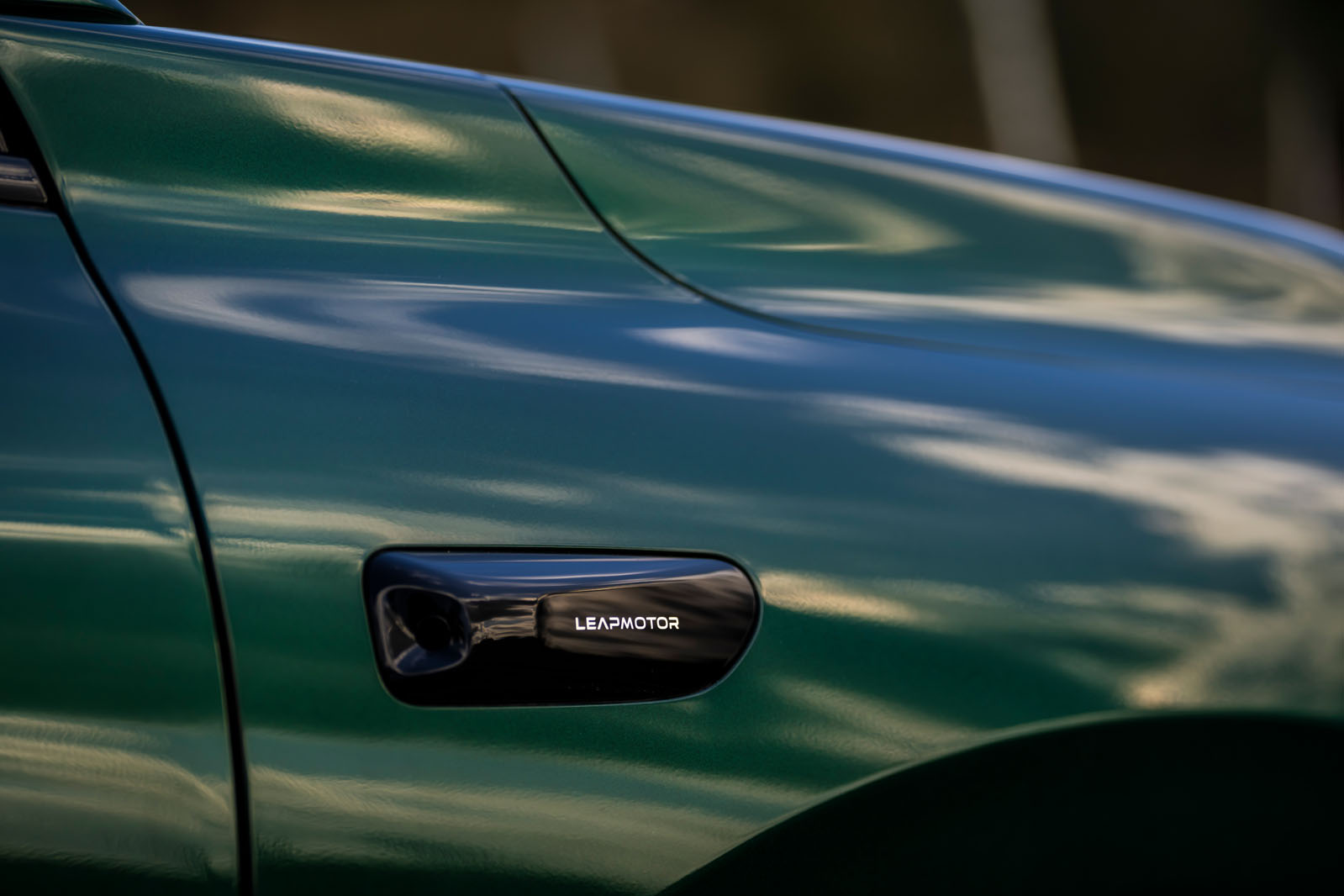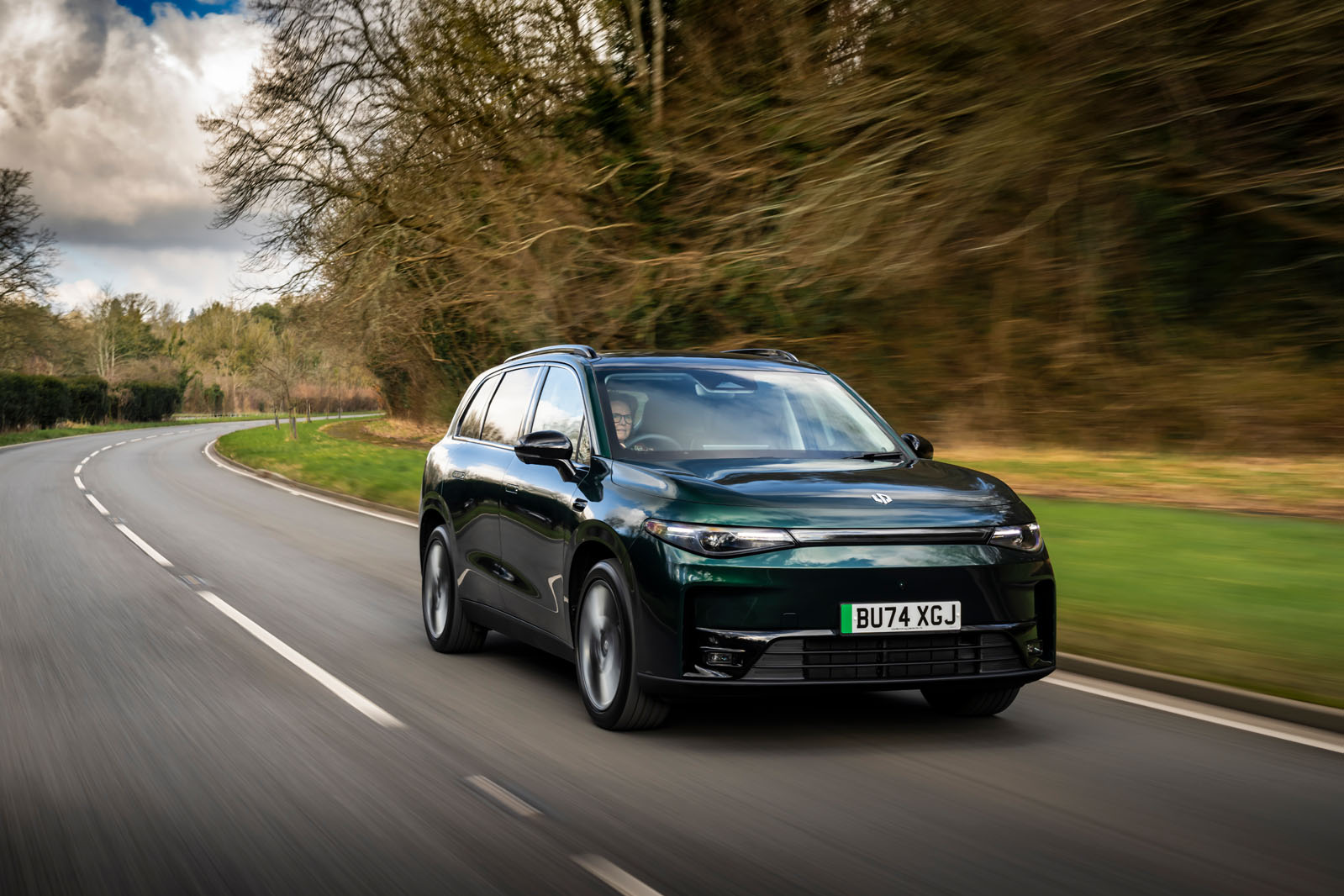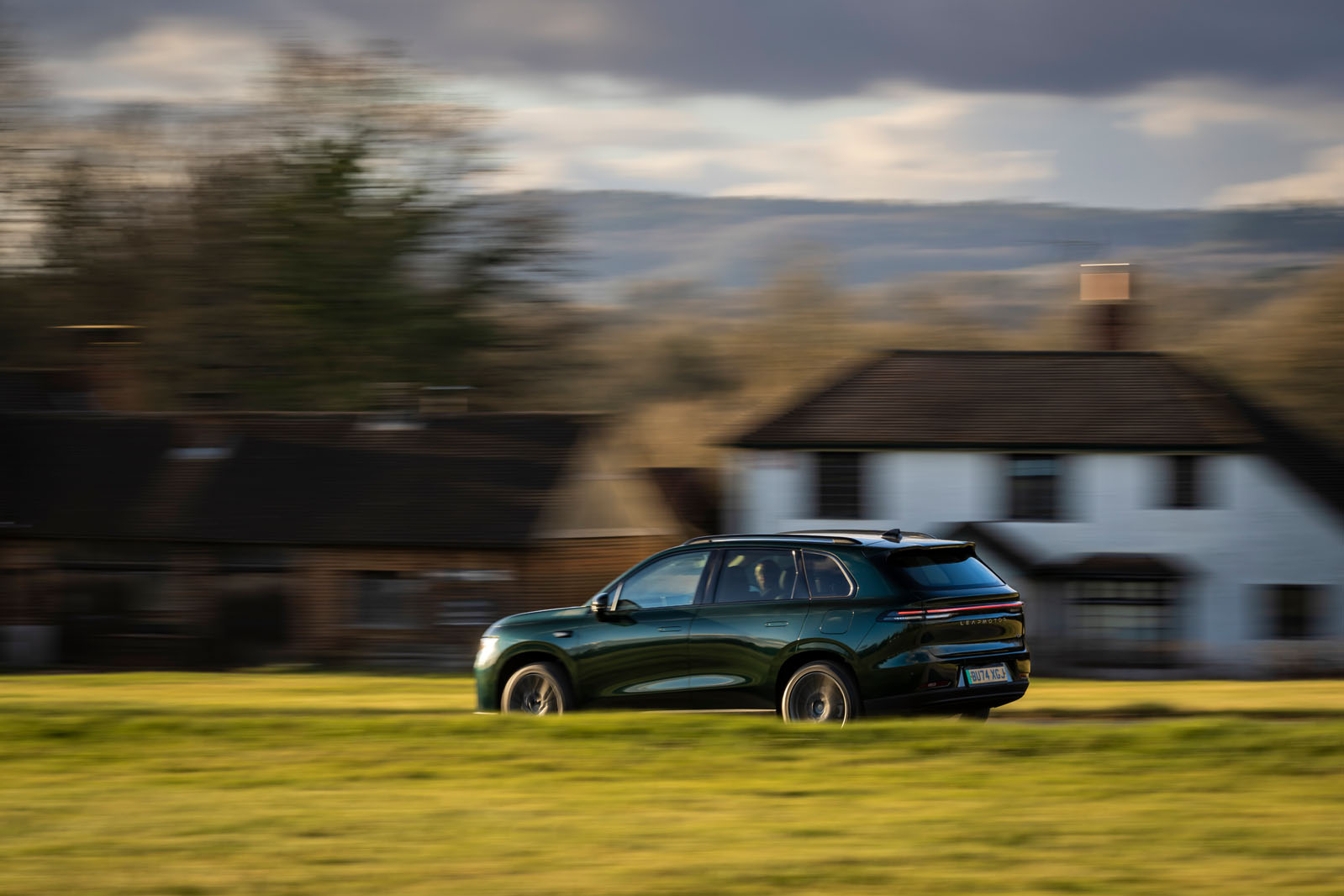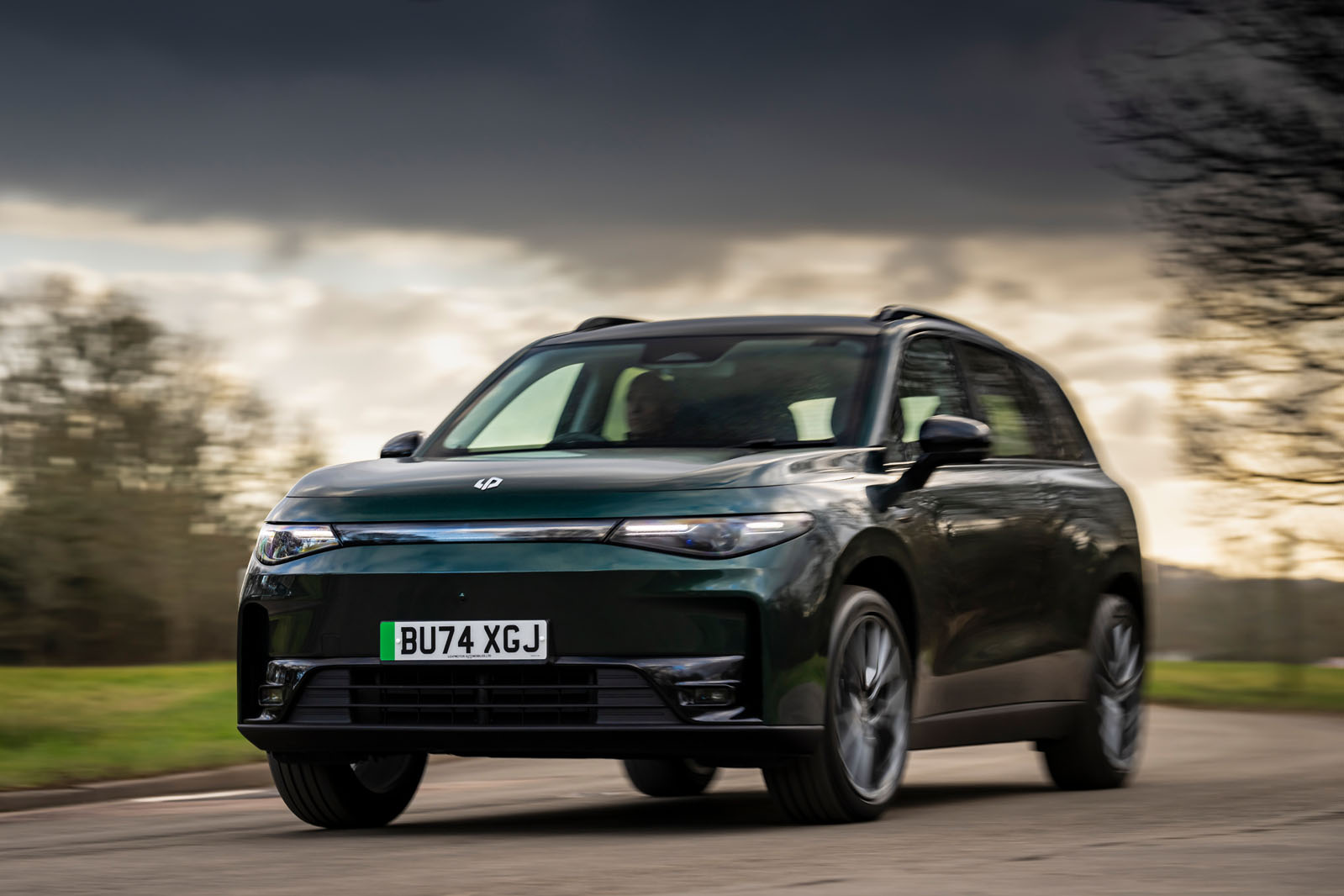We initially had to be shown how to step inside: the C10 doesn’t have a key fob but rather a credit card that you tap on a certain spot on the door-mirror housing to unlock the car. You really don’t want to clout it against anything, then…
Adjusting the side mirrors is not the work of a moment either: there’s a menu buried somewhere in the 14.6in touchscreen infotainment system that transforms the Tesla-style rollers on the steering wheel into adjusters.
The Tesla-aping doesn't stop there, because the one on the right controls your audio, while the left one controls the adaptive cruise control, which itself is activated by pressing down on the gear selector twice.
And that's your lot when it comes to buttons. Want to activate or deactivate your seat heating or ventilation? Press the little seat icon at the bottom of the touchscreen. Want to adjust the temperature or fan? Press the air-con icon. Want to adjust the driving mode? Press the settings icon, then scroll through three or four menus. So on and so forth.
In fairness, the main controls are reasonably logical. A bigger problem is that there is neither Apple CarPlay nor Android Auto. You might begrudgingly accept this if the built-in sat-nav and media systems are brilliant, but they’re absolutely not. The built-in navigation is particularly unclear and easily confused. The system is able to receive over-the-air-updates, and there is a small chance that smartphone integration will be added, but we're not holding our breath.
We also tried to use the ‘intelligent voice assistant’ via one of the few buttons on the steering wheel, but the AI failed to understand us each time. Amusingly, it thought we were saying “hate these seats” and not “heated seats”!
‘Hate’ is far too strong a word, but adjustable lumbar support is a sorry omission in a car at this price point, and the synthetic leather upholstery feels very synthetic indeed. For the money, most of the rest of the interior feels reasonably high-quality, and there's a splash of purple to liven things up, but the design is very generically minimalist.
As we often see with Chinese cars, the interior space could have been put to better use. The C10 has a sound driving position and the rear seat area is absolutely vast. However, that comes at the expense of boot space, which at 435 litres (or 1410 litres with the rear seats folded down) is not brilliant. For reference, the Kia EV3, which is a physically smaller car, has a 469-litre boot and still plenty of rear-seat space to accommodate a pair of adults. A sliding rear bench would make the C10 significantly more useful. To its credit, its boot floor lifts up in two sections, the one nearest to you containing a tyre repair kit and the one furthest away your charging cables.




